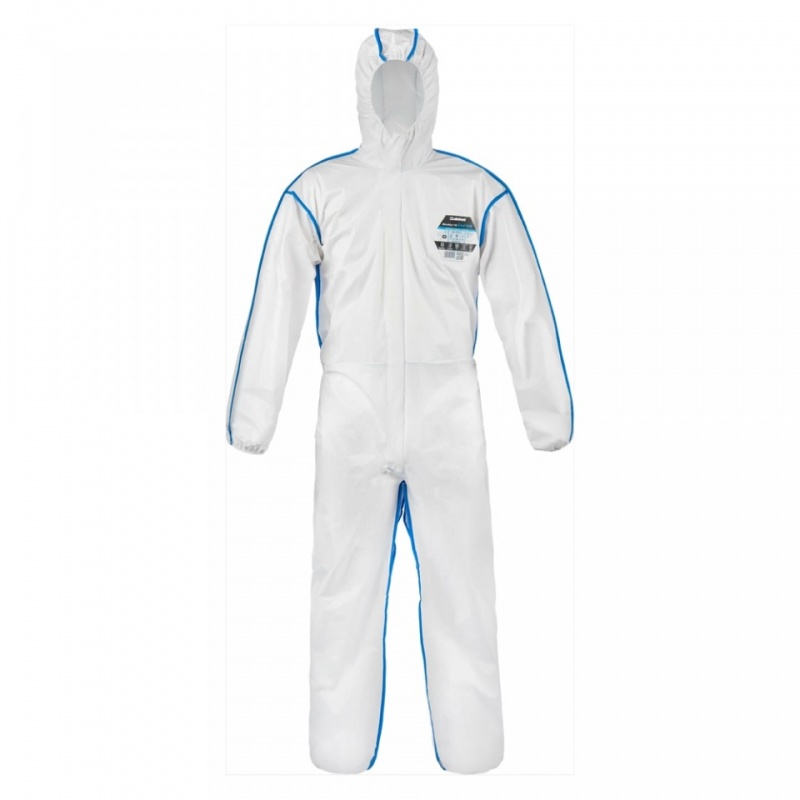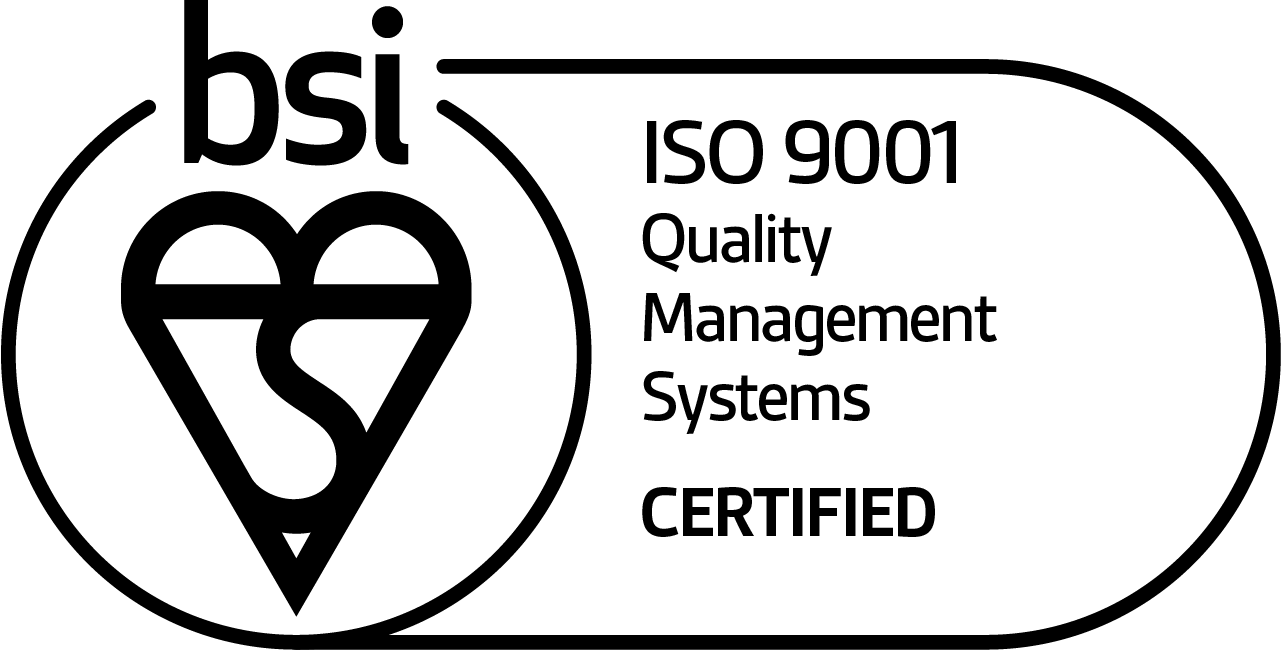| Chemical-Resistant Workwear: What Do I Need to Know?24 February 2020 Chemicals are everywhere in the modern workplace. Even if they are not immediately corrosive to the skin that doesn't mean they won't be causing you harm on a long-term basis. It's essential to be aware of chemical fumes, particles and liquids so you can effectively protect yourself.
Different safety standards apply to chemical-resistant clothing than apply to chemical-resistant goggles and chemical-resistant gloves. Here the focus will be on chemical-resistant clothing. Which Professions Require Chemical-Resistant Clothing?Many professions and environments require protection against chemicals:
When Are Chemicals Dangerous?Whether a chemical is in gas, liquid or solid form, they still have the potential to harm you. Some ways that chemicals can enter your body are as follows:
It is highly important to know which hazardous substances are present in the workplace, and to prevent and control exposure to these substances. Chemicals can cause harm immediately after contact, or the effect may be cumulative and only become apparent after a span of time. Which Chemicals Are Harmful?Below is a list of some harmful varieties of chemicals and the potential dangers they pose to your health.
What Are Some Key Terms?Following are some key terms describing the various harmful effects of chemicals:
How Is Chemical Resistance Tested?There are several test methods which are commonly used when assessing a garment's chemical resistance level. Penetration TestFour different chemical solutions are applied to a sample of the fabric in the form of a low-pressure water spray. The quantities of liquid which drip off and penetrate the fabric are measured. The following chemicals are used for the test:
Mannequin TestThe wearer must perform seven movements, and the permeability of the garment to liquid chemicals is subsequently determined. This is intended to establish whether the garment itself, and not just the fabric used to construct it, is able to resist liquid penetration. Other Test MethodsChemical-resistant garments are also often tested for a variety of other properties, such as inward leakage of chemicals. Some of these are detailed as follows:
An Introduction to Chemical Resistant StandardsSome common standards of chemical-resistant protective equipment are listed here. EN 13034 (Type 6)This standard indicates that the garment is able to protect against a light spray or low volume splash of chemicals in cases where a complete molecular liquid permeation barrier is not required. This standard tests for four chemical types; acid, alkaline, aromatic hydrocarbon and alcohol. EN ISO 13982-1 (Type 5)This standard specifies the minimum requirements for chemical protective clothing resistant to penetration by harmful air-born solid particles that might be inhaled or make contact with the skin. An example of harmful air-born solid particles might be asbestos. This standard determines the level of inward leakage of the garment in a sodium chloride aerosol atmosphere. The total inward leakage (TIL) must be less than 15% for 8 test persons out of 10 to be awarded this standard. EN 14605 (Type 4)This standard measures the liquid permeation of a garment under a spray, and can be taken as indicative of the fabric's behaviour when exposed to small splashes of chemicals. Garments that meet this standard will often feature taped seams to increase liquid tightness. EN 14605 (Type 3)This standard tests the liquid permeation of a garment under a compressed jet of water of higher pressure than the spray of Type 4. Garments that meet this standard usually have liquid-tight taped seams, and can be safely used in circumstances where one might be splashed with harmful chemicals or lean on contaminated surfaces. Type 3 and Type 4 coveralls can be split into 6 different classes, depending on the time in which it takes a liquid chemical to break through the fabric or garment.
EN 374 and EN 166These are the chemical-resistant standards for gloves and goggles respectively. These two standards will not be covered here as they are addressed in more detail elsewhere: A Case Study: Supertouch Micromax NS Coolsuit Coveralls with HoodLet's see if we can put this into practice. As an example we can use the Supertouch Micromax NS Coolsuit Coveralls with Hood.
The coveralls have received the following chemical-resistant standards:
What Does this Mean? This illustrates that the coveralls will provide effective protection against light sprays of harmful chemicals, as well as solid air-born particles of harmful chemicals. Do not select chemical-resistant garments without first checking that they are able to protect against the specific chemicals that you will encounter as part of your work. Where Can I Find More Chemical-Resistant Work Wear?For further information and chemical-resistant work wear have a look through our Chemical-Resistant Workwear category! If you have any questions or anything to add, then we would love to hear from you. Please leave a comment below! |








